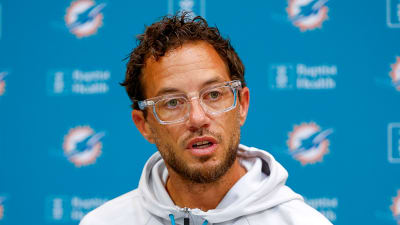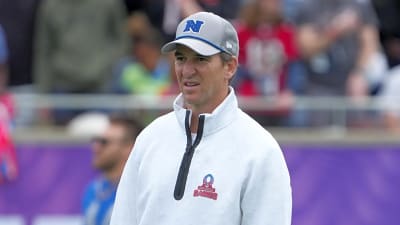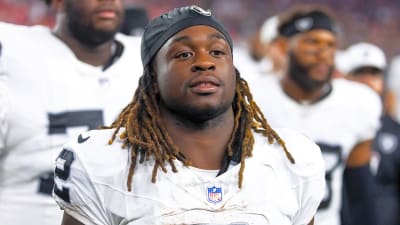
On July 1, the Boston Bruins signed free agent Elias Lindholm, a top center from Boden, Sweden. According to team records at NHL.com, he’ll become the 26th Sweden-born player in team history when he steps on the ice on opening night.
Considering the Original Six franchise doesn’t have a long track record of famous Nordic skaters, Lindholm has a chance to become the highest-scoring Swede after his seven-year deal. With 557 points in 818 games, his points-per-game average is .68. If he remains healthy and plays his average of 74 games a season, he’ll surpass 500 games and could collect over 350 points.
So, if Lindholm can live up to his salary and help the Bruins recapture the Stanley Cup, he could go down as the best Swedish player to play on Causeway Street. Who are some names he has to chase down for such an honor?
Carl Söderberg (Malmö, Sweden)
Carl Söderberg began his NHL career with the Bruins in 2012-13 after the St. Louis Blues drafted him in the second round (49th overall) in 2004. Like many Nordic prospects, he stayed in Sweden to play in the Elitserien, now the SHL, before jumping the pond to North America. Although Söderberg played only six games that first season, he was an NHL regular within a year.
His stint in Boston lasted only 161 games, but he scored 29 goals and 94 points with a plus-12 rating, the highest total of any career stop. Eventually, the Bruins traded Söderberg to the Colorado Avalanche in 2015, where he spent five seasons and became a 20-goal scorer. His totals in a Spoked B jersey rank fourth among Sweden-born skaters in team history.
Hampus Lindholm (Helsingborg, Sweden)
When anyone looks up Hampus Lindholm’s career, they may not believe he’s already played 163 games with the Bruins. The Anaheim Ducks originally drafted him as the sixth overall pick in the 2012 Entry Draft. He played nine years with the organization after debuting in 2013-14. Despite playing on some less competitive teams in Southern California, he left the West Coast with a career plus-74 rating.
In Lindholm’s first season in Boston, he led the NHL with a plus-49 rating while scoring a career-high 53 points with 10 goals and 43 assists. As he approaches 200 games in a Bruins sweater, there’s a chance he will surpass 100 points in 2024-25 and become the fourth Swedish player to achieve that milestone. Already at plus-77, he’s the best Swede in the category and 37th overall in Bruins history.
Michael Thelven (Stockholm, Sweden)
Michael Thelven was the Bruins’ leading scorer from Sweden, holding the mark for 12 years at 100 points. Initially a ninth-round draft pick (186th overall) in 1980, he played in Elitserien for most of the decade, winning a league championship and representing his home country at the Olympics. He made his NHL debut in 1985.
As a right-handed defender, Thelven never reached double digits in goals but was pretty good at setting up his teammates, collecting 80 assists in 207 games. After four seasons and six games in 1989-90, he retired from pro hockey.
P.J. Axelsson (Kungalv, Sweden)
P.J. Axelsson played his entire career with the Bruins, who drafted him in the seventh round (177th overall) at the 1995 Entry Draft. At 22, he finally came to North America after several seasons in the Elitserien. In his first season, 1997-98, he played all 82 games and scored 27 points.
Even though Axelsson never scored 20 goals or reached 40 points in a season, he was a solid bottom-six forward beloved by fans. As a rookie, he finished 12th in Calder Trophy voting and, in 11 years, collected votes for the Frank J. Selke Trophy on six occasions. When he departed the Bruins in 2009, he finished his NHL career with 103 goals and 287 points in 797 games.
Linus Ullmark (Lugnvik, Sweden)
Linus Ullmark played just 130 games with the Bruins, but he won 88 of them—a crazy .676 win percentage. He compiled a record of 88-26-10 in three seasons and won the Vezina and William M. Jennings Trophies.
Together with Jeremy Swayman, the duo, famous for their bear hugs after victories, guided the Bruins to the best statistical campaign in NHL history in 2022-23 with 65 wins and 135 points. In 49 games that year, he was 40-6-1, with a 1.89 GAA and .938 SV%. Ullmark tied the franchise record in wins and SV%.
Overall, his .924 SV% over three seasons ranks first, while his 2.28 GAA is tied for second with Tuukka Rask. In a brief time, Ullmark became one of the best statistical netminders to wear the Spoked B.
Historical Perspective
Of the 24 Swedish-born skaters to wear the black and gold, 22 have registered a point, and 21 have skated in more than 10 games. Interestingly, 11 players had a positive plus/minus rating, and only one didn’t register a single shot on goal in their appearances. As of the summer of 2024, of the 25 skaters, 18 have been forwards, with six defensemen and one goalie.
More must-reads:
- Rangers forward in a fight for his future amid new competition
- Maple Leafs make six roster cuts with two notable surprises
- The 'Multiple 30-TD pass NFL seasons' quiz
Breaking News
Trending News
Customize Your Newsletter
 +
+
Get the latest news and rumors, customized to your favorite sports and teams. Emailed daily. Always free!








